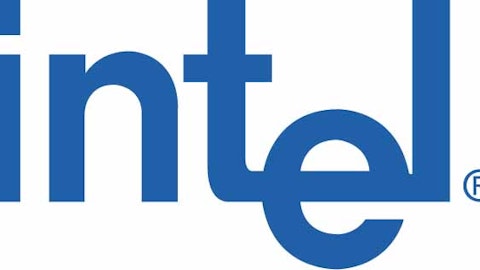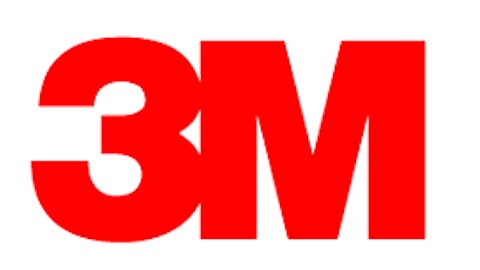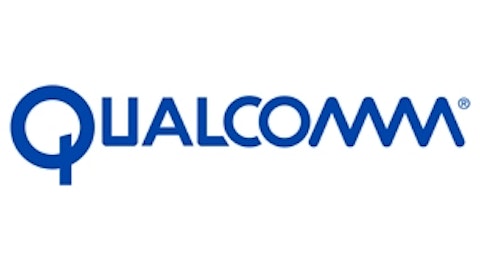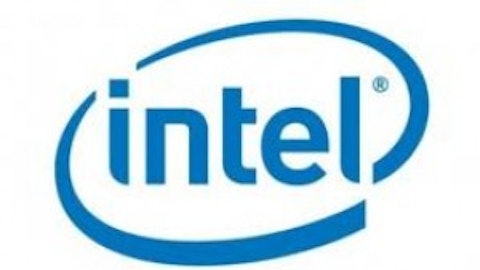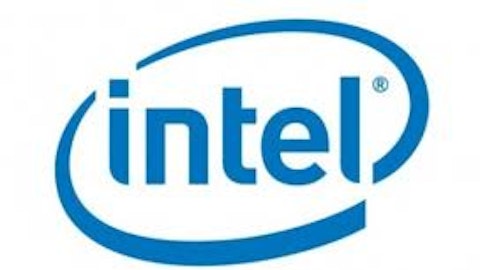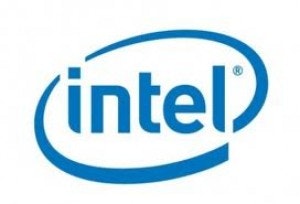
Indeed, Intel’s fourth-quarter results were poor. There’s no sugarcoating the fact that earnings for the quarter dropped 27% year over year. Revenues fell 3% versus the prior year’s fourth quarter, and the company expects another 6% decline in revenues for the current quarter. For the full-year, revenues and earnings per share dropped 1.2% and 11%, respectively. To add to investors’ misery, the market got spooked about Intel’s plan to spend $13 billion on capital expenditures next year. Gross margins are heavily scrutinized for a semiconductor company such as Intel, and the market wasn’t pleased to see margin contraction of almost seven percentage points from last year’s fourth quarter.
The All-But Certain Death of the Personal Computer
The financial media has essentially made up its mind that the PC is officially dead, and that investors would be better served buying stock in QUALCOMM, Inc. (NASDAQ:QCOM) or Broadcom Corporation (NASDAQ:BRCM). The investing thesis here is that Intel has fallen too far behind the trend away from desktop and laptop computers. The future is clearly mobile, as the argument goes, and fellow semiconductor companies Qualcomm and Broadcom are poised to be the industry leaders in smart phone chip design.
I’m no technology expert, nor will I ever claim to be one. I can’t possibly say for certain whether the PC is indeed dead. My best guess is that it’s not. That being said, I won’t persuade investors to shy away from Qualcomm or Broadcom. Those companies have a lot going for them financially. Qualcomm is a $109 billion behemoth that has seen its share price rise more than 17% since the beginning of 2012. Qualcomm has raised its dividend by more than 12% compounded annually over the last five years. Furthermore, in its 2012 annual report, the company announced revenues and diluted earnings per share increased by 27% and 39%, respectively.
With respect to Broadcom, net revenues increased by more than 8% for the company in its fiscal quarter ended Sept. 30, 2012, and almost 6.5% during the first nine months of the year. Diluted net income per share dropped, however, to $0.82 from $1.19 during the previous year’s first three quarters. Management attributed the drop in profitability to lower gross margins as a result of higher research and development expenses. The company did raise its dividend more than 11% during 2012, although even with the increase the stock only yields barely more than 1% at current prices.
While Qualcomm and Broadcom are both highly profitable companies with solid growth ahead of them, investors are paying a fairly steep price for that growth. Trailing 12-month price to earnings ratios for Qualcomm and Broadcom are 18.5 and 27, respectively. Intel, meanwhile, reported $2.13 in full-year 2012 earnings. That means that at a price of $21, investors are paying less than 10 times trailing earnings. It’s clear that the market has priced in little to no growth for Intel. Even if fiscal 2013 profit drops 10%, you’re still only paying 11 times those earnings. It seems to me that the bad news has been priced in to Intel shares.
Balance Sheet Provides a Cushion
Another area of strength for Intel is its fantastic financial position. As of its last quarterly report for the period ended Oct. 31, the company reported a current ratio of almost 2 times. Intel has more than $6 billion in cash and equivalents, compared to only $7 billion in long-term debt. Intel has a long-term debt to equity ratio of just 14%. The company’s long-term debt level was close to nothing before Intel sold $6 billion in long-term debt late last year to repurchase its own stock. The bond market has been noted as being “smarter” than the stock market, and if that’s true, investors shouldn’t worry about Intel’s financial position. Intel sold $3 billion in five-year securities that yielded 1.35%, only 75 basis points higher than similar-maturity Treasuries. Amazingly, Intel was able to issue 30-year debt at just 4.25% — exactly equal to Intel’s current dividend yield.
Not Selling into Panic
It’s clear that Intel’s fourth quarter and full-year results were disappointing. But after a 7% down day and a 27% decline from its 2012 high, the question needs to be raised whether the sell-off was overdone. In my estimation, short-term margin compression and profit struggles aren’t enough to shake my belief that Intel will be a successful company for many years to come. Intel raised its dividend 7% in 2012 and has doubled its dividend over the last five years. With an earnings yield of more than 10% and a 4.25% dividend yield, Intel will keep its place in my portfolio.
The article Despite the Shellacking, I’m Not Selling Intel originally appeared on Fool.com.
Copyright © 1995 – 2013 The Motley Fool, LLC. All rights reserved. The Motley Fool has a disclosure policy.
